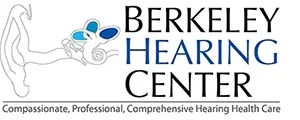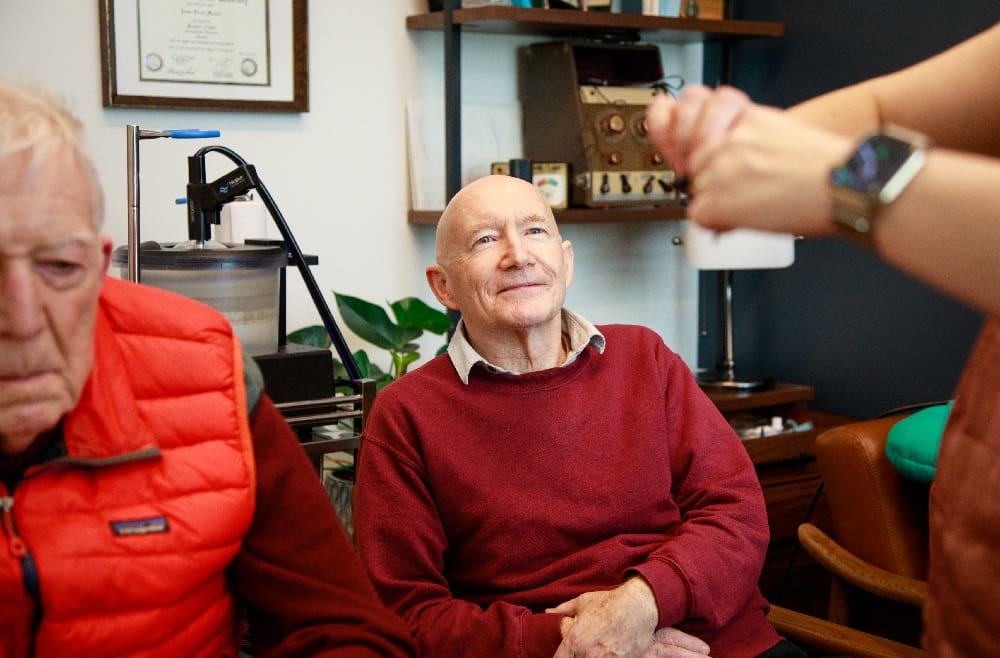2023-06-25
Jonathan Lipschutz Audiologist, M.S., F-AAA, Co-Owner
For all of the truly amazing advancements that have been made in medical science, the final frontier has been the brain. How are the tiny electrical signals interpreted consciously (and unconsciously) that allows us to sense and engage with the world around us. In my arena, this is never more true than when it comes to tinnitus. We know there are many potential causes (hearing loss/ear disease, medications, chronic medical conditions, head trauma, etc) and triggers/exacerbators (loud sounds, stress, sleep deprivation, etc.). But up until fairly recently, there haven’t been great options for treatment.
This is beginning to change, thanks in part to a better understanding of the brain relative to neuroplasticity. Neuroplasticity is the brain's ability to change its neural networks/pathways at a cortical level. An example of this is how folks recover abilities or functions lost from a stroke.
While treatment of severe tinnitus (scores greater than 57 on the THI-Tinnitus Handicap Inventory) is not my specific audiological area of focus, tinnitus is highly correlated (90%) with hearing loss. So it’s something I encounter regularly, though happily it’s not a significant issue for most of my patients. And the introduction of amplification is typically all that’s needed to address their issues.
But for those who it’s still a significant problem, there’s no cure as of yet. When I got into the field 27 years ago, we were taught to use ‘tinnitus maskers’. These were devices that literally played noise that was louder than the tinnitus to cover up, or ‘mask’, the tinnitus. But we were just substituting one sound for another. Since then, treatment has focused on trying to get people to acclimate or habituate to their tinnitus. Current FDA approved treatment paradigms in hearing aids use this approach. Along with the amplification to address the hearing loss, we introduce pleasant sounds (think a babbling brook or gentle waves on the shore) at a very soft volume so that when things are quiet and the person is hearing their tinnitus, they’re also hearing the pleasant sounds. The hoped for result is that the brain is able to put both the pleasant sound and the tinnitus into the ‘background’.
But what if we could significantly reduce the brain's perception of the symptom itself? Encouragingly, that’s just what researchers are finding. Over the last decade or so, animal and human studies have demonstrated that combining sound with electrical stimulation of peripheral nerves (vagus, trigeminal and other somatosensory nerves), a technique known as “bimodal neuromodulation”, can encourage neuroplasticity changes that significantly improve tinnitus symptoms.
Our better understanding of how to effect changes in the brain’s neural pathways indicates that we’re getting there. As my singular purpose/goal as an audiologist is to improve my patients’ quality of life, I’m overjoyed that I have another tool in my toolbox to help folks seeking my care.
Please continue to love your community by getting vaccinated/boosted & masking up where and when appropriate. And please always support our local businesses.
https://berkeleyhearing.com/wp-content/uploads/2024/11/Discover-the-latest-in-tinnitus-care-to-improve-daily-life.jpg
Jonathan Lipschutz Audiologist, M.S., F-AAA, Co-Owner






